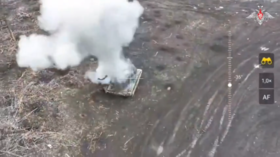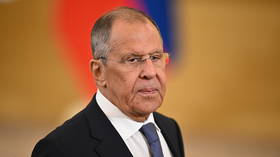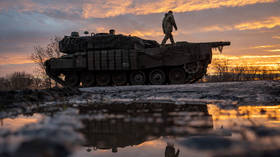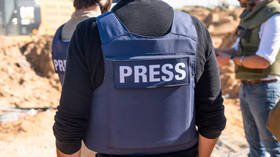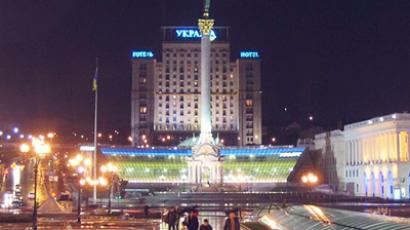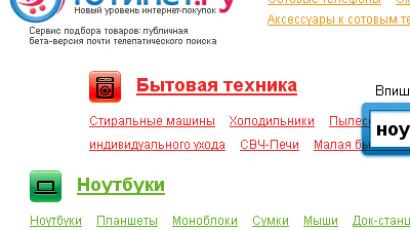Moscow’s retail real estate market evolving as shopping trends change
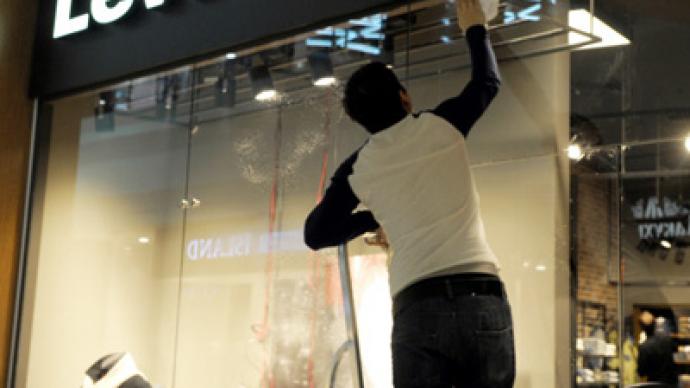
With Moscow having a very distinct retail real estate culture Business RT spoke with Viktoryia Kamliuk, Head of Street Retail Group Colliers International, about the factors driving the market and how that is changing.
RT: What is the current retail property market trend in Moscow? VK: "We see a growing interest of retailers for peripheral areas, areas of dense housing construction and high consumer demand. This could also be a response to restrictions on trade centre construction in the city centre. We expect continued growth in demand for street retail on the back of a lack of trade centre projects over the next couple of years. However, the tendency has a gradual long term effect. We didn’t see a significant boom of retail expansion in the first half of 2011. General rates growth and the leasable area deficit will continue throughout 2011. “RT: How do rental rates vary from one district to another? VK:“The street retail market shows gradually increasing rental rates, particularly in Moscows downtown and Uptown areas. Rental rates on streets with high footfall have skyrocketed and in some trading areas they have already reached the pre-crisis levels. However, if the premises is located in the suburbs of Moscow, but in a proximity to a metro station or train station than the rate can be even higher than somewhere on Moscow’s main highways. For example, you can rent 150 square meters near metro station Skhodnenskaya on the NW of Moscow for $3700 per square meter a year, whereas, 280 square meters on Kutuzovsky Avenue can be rented for $2100 per square meter a year. The rate on low foot flow areas is moderate.”RT: What is driving demand for street retail locations?VK: “What makes street retail so unique and in demand is the lack of availability and lack of exclusive locations, especially in the downtown area. Moscow has been planned and constructed with low volume of trade space and trade avenues. The market has a steady growth. Street retail real estate has become more dependent on new housing construction which is not always suited to retailer needs in terms of location, infrastructure or building design. For example, location of columns and showcase windows which play a key role for retailers choice and, on the contrary, are less important for developer looking to sell more living square meters. The height of ceilings or incoherent inside area planning is another issue for retailers. Negotiations between developers and retailers are infinite, because rental rates do not fully cover developer expenditures and they follow the rule where quality depends on price.”RT: How does Moscow street retail market differs from Western markets?“The absence of unique concept retailers along the street is another feature of street retail in Moscow. Since each property owner has his own aims and objectives none of them cares about the appropriate concept for the entire street. More often a property owner looks for a solvent long term tenant and the tenant judges according to location and rates. Compared to the global street retail culture it is worth noting that all boutique stores, high fashion showrooms and expensive night clubs are located on main streets of downtown which gives them a win-win business advantage. Tverskaya Street and the majority of other retail corridors of Moscow are formed spontaneously with strict dependence on a type of retailer on the street. For example, the only boutique corridor is located on Tretyakovsky pass way and Kamergersky side street is traditionally known for restaurants and cafés. That means that to satisfy all your needs you need to visit several different streets and sometimes even travel to another district.” RT: Which parts of Moscow attract retailers’ attention nowadays?VK: “In the Moscow suburbs the rotation is more frequent than in the downtown thereby the number of vacant real estate objects is bigger. Traditionally the districts with highly developed transport infrastructure and dense population concentration are among the most attractive for retailers. Looking at the Moscow city map we can mark three best suited regions for retailers: W, SW and NW. East side has uncertain population flow due to high industry concentration and low level of housing construction.”RT: Which sectors show the highest demand for street real estate objects? VK: “We see accelerating activity among retailers who develop near house stores, those who have already opened their stores in the centre and continue their expansion together with city growth. The most dynamically expanding sector is the food and restaurant sector. Then comes financial services-banks, insurance and tourism agencies. Banks have reduced their appetites for square meters. Before the crisis they looked for space from 200 to 400 square meters. Now this figure became more modest in the range of 100-150 square meters. Pharmacies, perfume stores and cosmetology are also expanding to uptown Moscow. Clothes retail chains prefer to focus on major shopping centres where the footfall is more frequent and easily forecasted to maintain the necessary level of revenue.”



